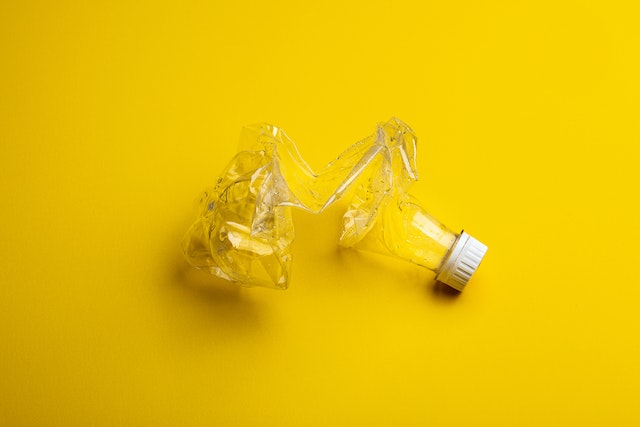In a world grappling with the challenges of climate change and resource depletion, finding sustainable solutions has become paramount. One promising approach gaining traction is circular upcycling—an innovative method that aims to transform waste into valuable resources. By embracing this concept, we can revolutionize our consumption patterns, reduce waste generation, and minimize our ecological footprint. In this blog, we will delve into the concept of circular upcycling, its benefits, and how it can contribute to a more sustainable future.
Understanding Circular Upcycling:
Circular upcycling is the practice of repurposing discarded materials or products to create new items of higher value. Unlike recycling, which typically involves breaking down materials into their basic components, upcycling focuses on creatively transforming waste into functional and aesthetically pleasing products. This approach prioritizes sustainability and encourages a shift away from the linear “take-make-dispose” model to a circular economy where resources are reused and regenerated.
The Benefits of Circular Upcycling:
- Reducing Waste: One of the primary advantages of circular upcycling is its ability to divert waste from landfills and incinerators. By giving new life to discarded materials, upcycling minimizes the burden on our waste management systems and helps conserve natural resources.
- Energy and Resource Conservation: Upcycling often requires less energy compared to traditional manufacturing processes. By utilizing existing materials, it reduces the need for extracting, refining, and processing raw resources. This, in turn, decreases energy consumption and lowers the overall carbon footprint associated with production.
- Promoting Creativity and Innovation: Circular upcycling fosters creativity and innovation by challenging us to see the potential in seemingly useless objects. It encourages designers, artisans, and individuals to think outside the box, leading to unique and one-of-a-kind creations.
- Economic Opportunities: Upcycling has the potential to generate economic benefits by creating new markets for upcycled products. It can stimulate local entrepreneurship, small-scale industries, and job creation, contributing to sustainable economic development.
- Raising Environmental Awareness: Circular upcycling brings attention to the environmental impact of our consumption habits. By showcasing the value that can be derived from waste materials, it encourages individuals and businesses to adopt more sustainable practices and make conscious choices.
Examples of Circular Upcycling:
- Fashion and Textiles: The fashion industry is known for its waste and environmental impact. However, circular upcycling offers an alternative by repurposing textile scraps or old garments into new clothing, accessories, or home furnishings. This reduces textile waste and promotes sustainable fashion.
- Furniture and Home Decor: Discarded wood, metal, and other materials can be transformed into unique furniture pieces or decorative items. By upcycling these materials, we can reduce the demand for new resources while adding character and style to our living spaces.
- Art and Crafts: Artists and crafters have long embraced upcycling by using unconventional materials to create stunning artworks. From sculptures made from discarded plastic to jewelry crafted from repurposed glass, upcycled art celebrates creativity and raises awareness about waste issues.
- Electronic Waste: Electronic waste (e-waste) is a growing concern due to the rapid pace of technological advancement. Circular upcycling enables the extraction of valuable components from old electronic devices, preventing them from ending up in landfills while reducing the need for raw materials.
Conclusion:
Circular upcycling represents a paradigm shift in our approach to waste and resource management. By harnessing creativity and innovation, we can transform discarded materials into valuable assets, reducing waste, conserving resources, and mitigating the environmental impact of our consumption patterns. Embracing circular upcycling is not just an individual choice; it is a collective effort.
